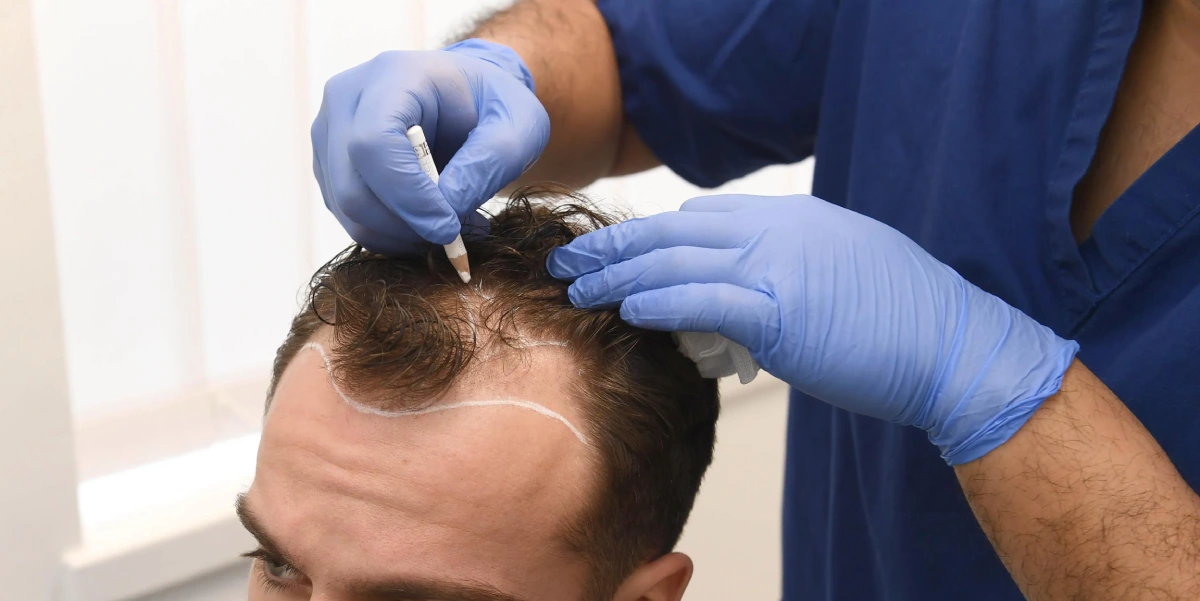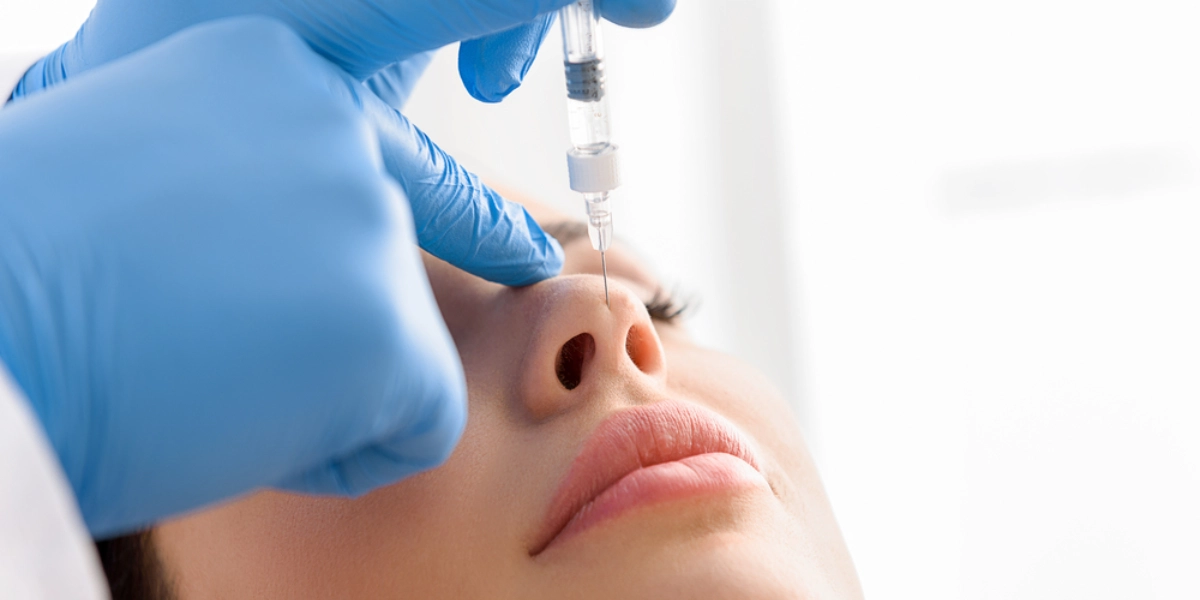Melasma condition has been in talks for the last few years, and the need for effective treatment has been growing. The condition can be upsetting as it can cause a lack of confidence. Melasma Treatment in Jeddah and Riyadh is gaining hype due to its effectiveness and immediate results. Various Melasma Treatment options in Jeddah are available to address the pigmentation and dark spots and provide patients with clear, radiant skin.
The results of melasma treatment are immediate and long-lasting. At Cosmetic Clinic Jeddah, we are confidently helping individuals with specific melasma conditions with extraordinary results. After melasma treatment in Jeddah, you will notice clearer and brighter skin. The procedure can reduce the appearance of brown and dark spots. Melasma Treatment in Riyadh can also improve the skin texture and boost confidence.
Procedure Type: Non-Invasive
Sessions: 3-5
Results: 5-12 months
Duration: 25-30 Minutes
Downtime: No Downtime
Cost: SAR 699 to SAR 9,499
Melasma, often called the “mask of pregnancy” or “Sunlit Mask,” is a common skin condition that causes dark or brown patches on the face. Hormonal changes and excessive sun exposure cause it. As a result of benign, uneven patches appear on your face areas, including cheeks, upper lip, forehead, forearms
While it can be frustrating and self-conscious, effective treatments are available to help reduce the appearance of Melasma.
Melasma treatment is a non-invasive cosmetic procedure that can help to reduce the appearance of Brown spots on the face. As the number of sunny days grows, so does the severity of ultraviolet rays, increasing the danger of developing malignant skin tumors, photoaging symptoms, and Melasma (light brown scars on the skin). Melasma is more common in women than men and usually develops between 30s and 40s. Melasma is more common in people with darker skin or those who tan easily.
While Melasma has no specific causes, several factors can cause it. Some of the common causes of Melasma are;
Melasma is distinguished by the appearance of clearly defined brown or gray-brown patches. These spots can be solitary or many, usually symmetrically distributed over the forehead, cheeks, and chin. They may also affect the nasal wings and the upper lip. Depending on where the spots occur, the condition can be categorized into distinct types:
Melasma is classified into three types: epidermal, dermal, and mixed, based on the depth of pigment in the skin.
Epidermal Melasma is the most common type of Melasma, which shows dark brown patches with well-defined edges and responds well to treatment.
Dermal Melasma is shown as light brown or bluish patches with fuzzy boundaries and responds the least to treatment. It is located deeper within the skin and is invisible under black light, making treatment less effective.
Mixed Melasma combines epidermal and dermal kinds that manifest as gray-brown patches and respond to treatment. It demonstrates a partial response to treatment.
The approaches used to diagnose Melasma are as follows:
The Melasma Treatment in Jeddah & Riyadh, Saudi Arabia, highlights your skin’s inner shine, revealing a vibrant and appealing youthful appearance. Some advantages of melasma treatment include:
Anyone can be a good candidate for melasma treatment as long as they;
There are some conditions during which you cannot get melasma treatment. These conditions involve people who are;
Melasma treatment options vary based on the patient’s unique features and condition. Some of the therapeutic options are:
Topical treatments involve applying creams and serums onto the skin where Melasma is present. Depending on the severity of the issue, topical lightening treatments containing hydroquinone, azelaic acid, or kojic acid are recommended. The active components diminish pigment in the skin, resulting in a lighter complexion.
The chemical solution is applied to the skin and kept on for a few minutes, exfoliating the top layer and stimulating the development of new skin. The solution is subsequently neutralized and removed, along with the upper layer of skin. It invites old, worn-out skin cells to leave, making way for a new, smoother crew. The new skin is typically less discolored and smoother.
However, this treatment must be performed by an expert to avoid complications.
Laser treatment for Melasma is a non-invasive cosmetic procedure that targets and fades down dark spots. The laser focuses on the skin’s affected parts, namely the excess melanin. The heat from the laser degrades the melanin, which is subsequently absorbed and removed by the body. This light display promotes collagen synthesis and eliminates excess pigment, aiding in gradually smoothing and balancing your skin.
This procedure gently exfoliates the skin’s outermost layer, which helps reduce the appearance of Melasma and black patches. This causes the skin to reboot; as a result, the spots fade, and your skin starts to glow. It’s a quick treatment with minimal recovery time.
Microneedling with a handheld tool is used to gently exfoliate the outer layer of skin, eliminating any extra pigment and displaying a lighter layer.
IPL therapy, like laser therapy, uses broad-spectrum light to target melanin, resulting in a more even skin tone over time. They play hide-and-seek with extra pigment while sending a targeted light signal via your skin. When the pigment surrenders, your skin becomes smoother, more youthful, and less affected by Melasma.
There are various melasma treatments, including creams, vitamins, and serums. Supplementing with vitamins C and E can help minimize the appearance of Melasma.
Melasma can affect anyone at any time. Preventive steps can help you avoid the condition or lessen its severity. An individual should;
To prepare for Melasma Treatment, you should;
Melasma treatment results can vary depending on the severity of the illness, the method used, and individual characteristics. However, with constant therapy and adequate skin care, many people notice a dramatic improvement in the appearance of Melasma.
Here’s what to expect after melasma treatment:
It’s worth noting that Melasma isn’t reversible, and some people may occasionally experience flare-ups. However, with correct treatment and continuing care, you can drastically enhance the appearance of your skin while regaining your confidence.
To keep the effects of melasma treatment, it is vital to:
To maintain healthy skin, avoid picking at scabs and flaky skin. Consult with your dermatologist for regular maintenance treatments.
The cost of Melasma Treatment in Jeddah & Riyadh, Saudi Arabia ranges from SAR 699 to SAR 9,499. On average, the cost of Melasma Treatment in Riyadh starts at SAR 750. Melasma treatment costs in Jeddah, Saudi Arabia, can vary based on several factors, including the specific procedure employed, the severity of the ailment, and the treatment facility’s geographical location. Certain melasma treatment treatments might cost anything from a few hundred to thousands of riyals.
The cost of Melasma Treatment in Jeddah and Riyadh, Saudi Arabia ranges from SAR 699 to SAR 9,499.
Melasma is most typically treated with topical skin whitening medicines. These drugs include hydroquinone, azelaic acid, kojic acid, niacinamide, cysteamine, rucinol, and tranexamic acid.
Lasers can be employed in selected patients with resistant Melasma following extensive counseling and, preferably, test treatments.
Melasma can be effectively treated at our cosmetic clinic Jeddah. Our experienced dermatologists offer a range of treatments, including topical creams, chemical peels, and laser therapy, to help reduce and lighten hyperpigmented areas. Schedule a consultation to discuss the best treatment option for your skin type and condition.
Tags:
Laser Treatment
In recent years, the demand for effective hair restoration treatments has risen

Many individuals wonder if it’s possible to restore the hymen without surgery.

Rhinoplasty, or a nose job, has long been the go-to solution for those looking t